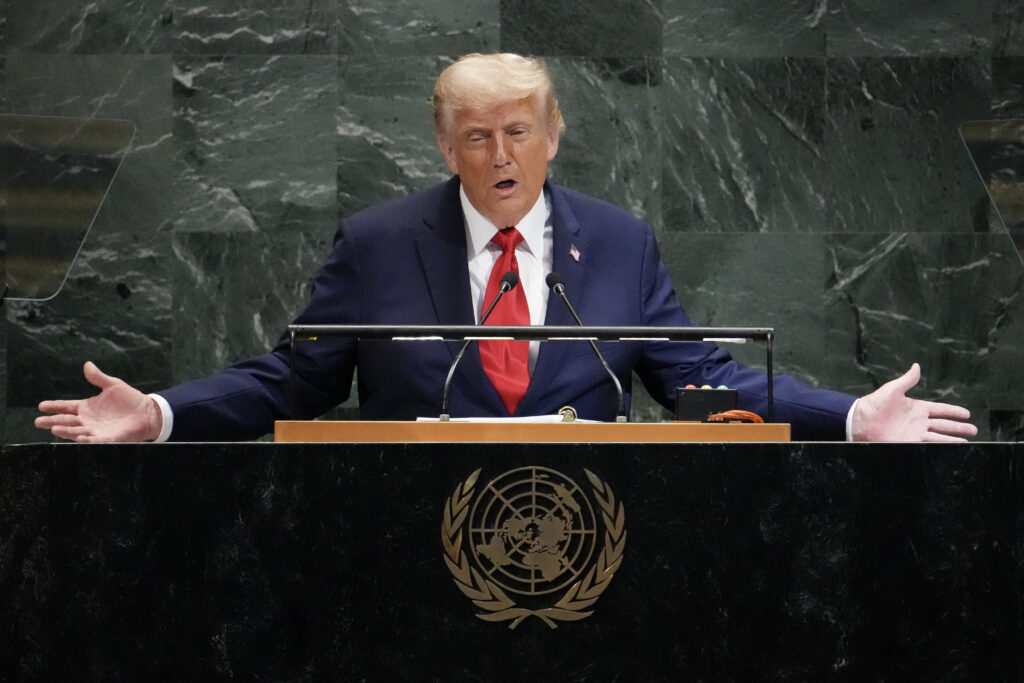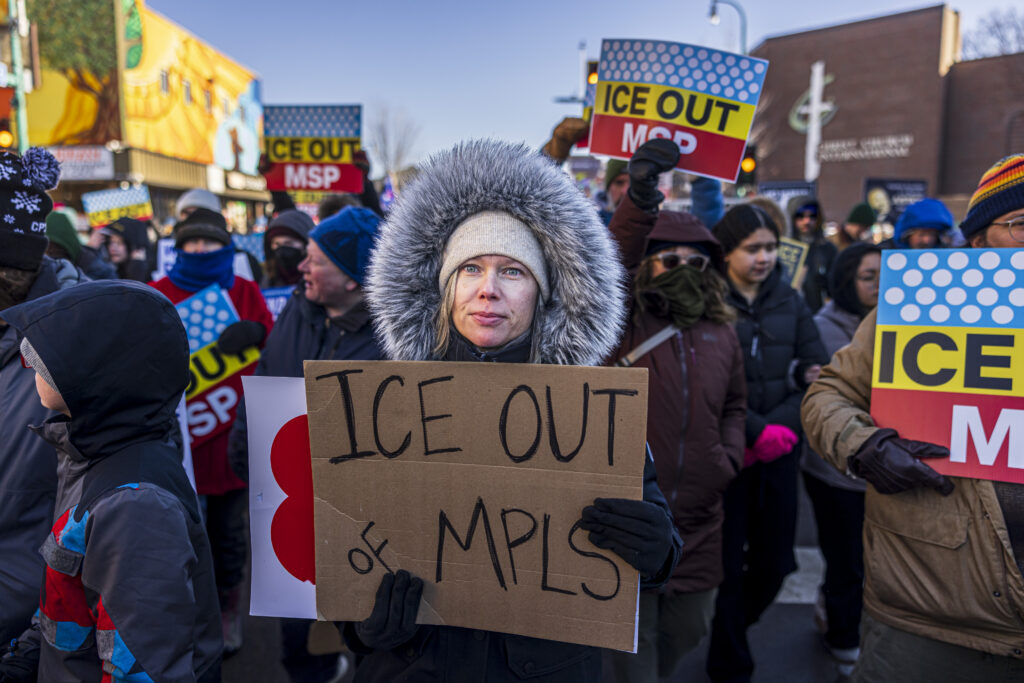Trump entend “dicter” les décisions du Venezuela jusqu’à nouvel ordre
Les Etats-Unis entendent “dicter” jusqu’à nouvel ordre les décisions des autorités du Venezuela, en gardant en particulier le contrôle de la commercialisation du pétrole vénézuélien pour une durée “indéterminée”, a fait savoir mercredi l’administration Trump.Confirmant encore cette emprise américaine, Donald Trump a affirmé que le Venezuela n’achèterait que des produits fabriqués aux Etats-Unis avec les recettes du pétrole commercialisé par Washington, aux termes d’un accord passé avec Caracas.”Nous restons en étroite coordination avec les autorités par intérim et les Etats-Unis vont continuer à dicter leurs décisions”, a dit la porte-parole de la Maison Blanche, Karoline Leavitt. “Nous disposons évidemment d’un effet de levier maximal”, a-t-elle ajouté.Si la présidente par intérim du Venezuela Delcy Rodriguez a estimé que l’échange commercial avec les Etats-Unis n’avait “rien d’extraordinaire ni d’irrégulier”, elle a toutefois regretté “une tache” dans les relations entre Caracas et Washington depuis la capture de Nicolas Maduro.Selon le Wall Street Journal, l’arrivée au pouvoir de cette femme de 56 ans était le scénario favori de la CIA en cas de chute du président Maduro.Le secrétaire d’Etat, Marco Rubio, s’est lui défendu de toute “improvisation” de la part des autorités américaines après l’opération militaire menée au Venezuela et la capture du président Nicolas Maduro, aujourd’hui détenu aux Etats-Unis.- Plan en trois étapes -Le chef de la diplomatie américaine a assuré à la presse que Washington avait un plan en trois étapes pour le Venezuela. “La première étape est la stabilisation du pays”, la deuxième, nommée “rétablissement”, consiste à “s’assurer que les entreprises américaines, occidentales, et autres aient accès au marché vénézuélien de manière juste”, tandis que la troisième serait “bien sûr, de transition”, a-t-il ajouté.Karoline Leavitt a pour sa part répété que du point de vue de Washington, il était “prématuré” d’évoquer l’organisation d’élections.La porte-parole de la Maison Blanche a également annoncé que Donald Trump verrait vendredi les patrons de grands groupes pétroliers américains pour “discuter des immenses possibilités qui s’offrent à ces sociétés” au Venezuela.Le ministre américain de l’Energie, Chris Wright, a affirmé mercredi que Washington contrôlerait “pour une période indéterminée” la commercialisation du pétrole vénézuélien, principale ressource du pays.”Les ressources sont immenses”, s’est enthousiasmé le ministre, s’attendant à “obtenir plusieurs centaines de milliers de barils par jour de production supplémentaire à court et moyen terme, si les conditions sont réunies”.Après ces propos, la compagnie pétrolière publique du Venezuela, PDVSA, a annoncé négocier la vente de pétrole avec les Etats-Unis.”Je viens d’être informé que le Venezuela n’achètera(it) que des produits fabriqués aux Etats-Unis avec l’argent de notre nouvel accord pétrolier. Ces achats concerneront, entre autres, des produits agricoles américains, et des médicaments américains, des équipements médicaux et du matériel pour améliorer le réseau électrique et les infrastructures énergétiques”, a écrit pour sa part le président américain sur son réseau Truth Social.- “Contrôlé par moi” -Dès mardi soir, il avait assuré que le Venezuela allait remettre aux Etats-Unis “entre 30 et 50 millions de barils de pétrole”, ajoutant: “Ce pétrole sera vendu aux prix du marché et l’argent sera contrôlé par moi”.Caracas dispose des plus grandes réserves prouvées du monde avec plus de 303 milliards de barils, selon l’Organisation des pays exportateurs de pétrole (Opep). Mais sa production reste faible, de l’ordre d’un million de barils par jour, après des décennies de sous-investissement dans les infrastructures.La pression américaine, au travers de saisies répétées de navires transportant du pétrole vénézuélien, perturbe le secteur dans le pays, où de nombreuses compagnies maritimes ont restreint leurs activités.Conséquence, les capacités de stockage sont saturées.”Nous avons les réservoirs pleins de pétrole et c’est dangereux, on ne peut pas garder des tanks avec un risque de débordement”, ont déclaré à l’AFP des sources consultées dans l’Etat pétrolier du Zulia (ouest).



